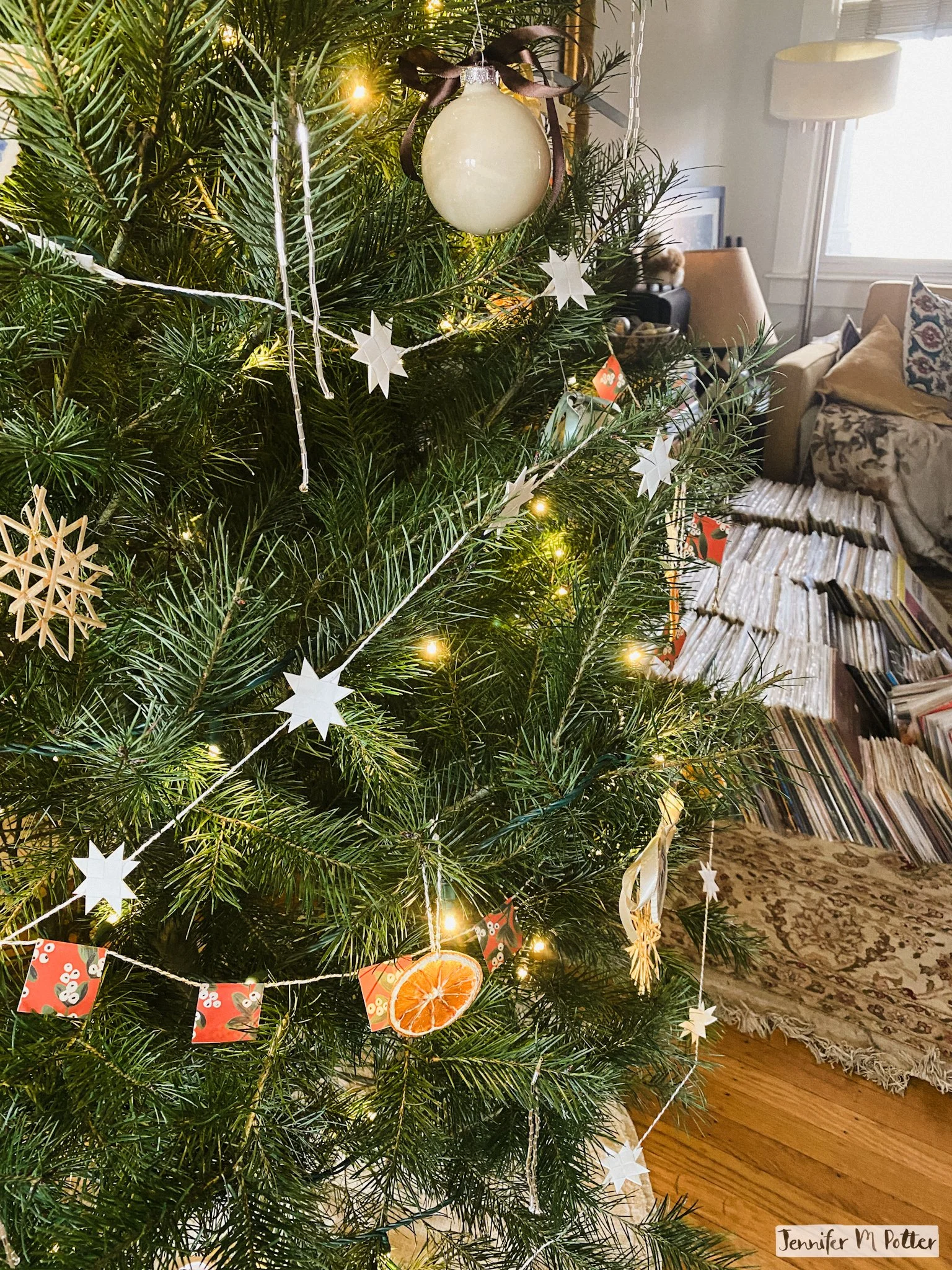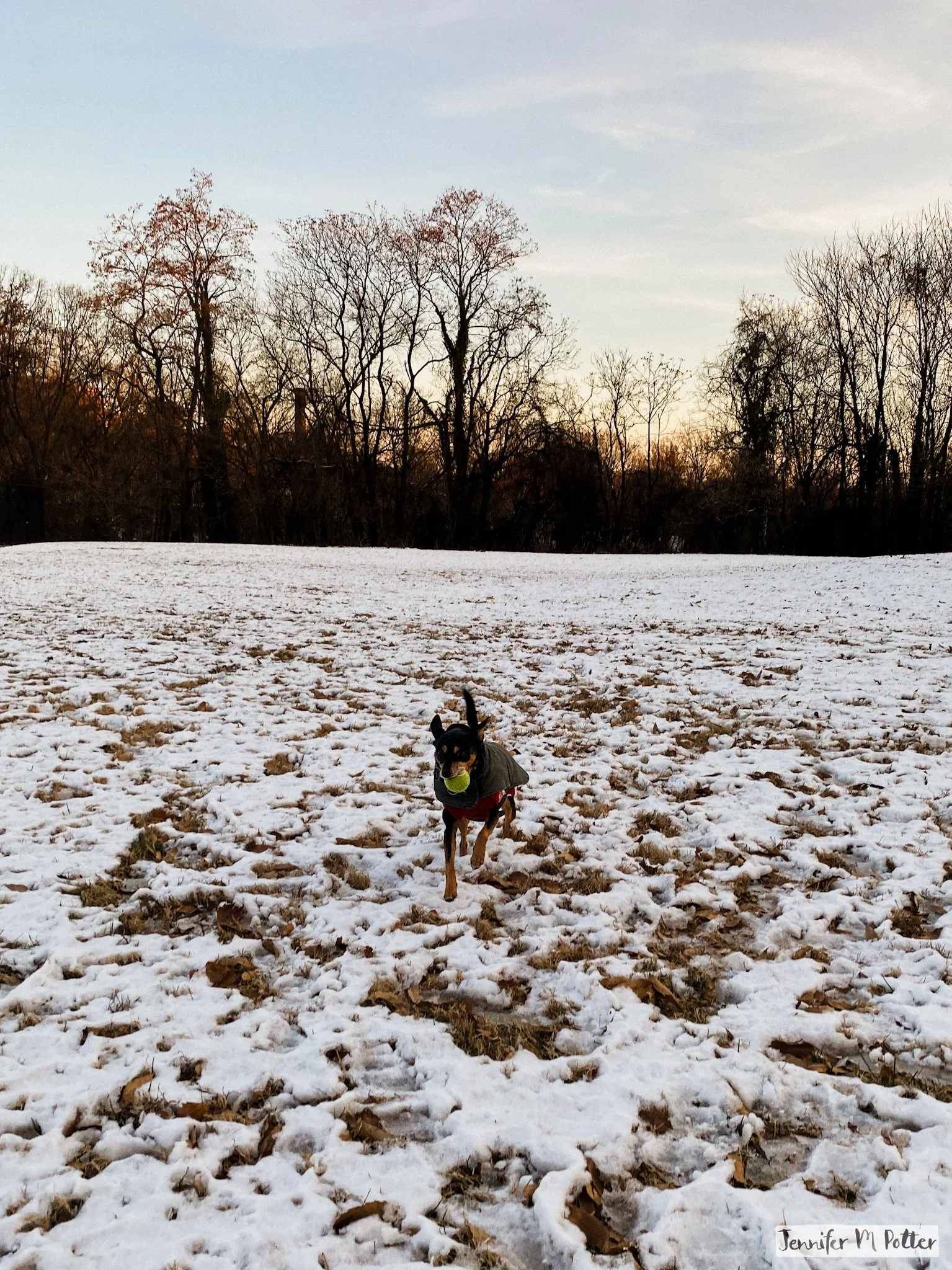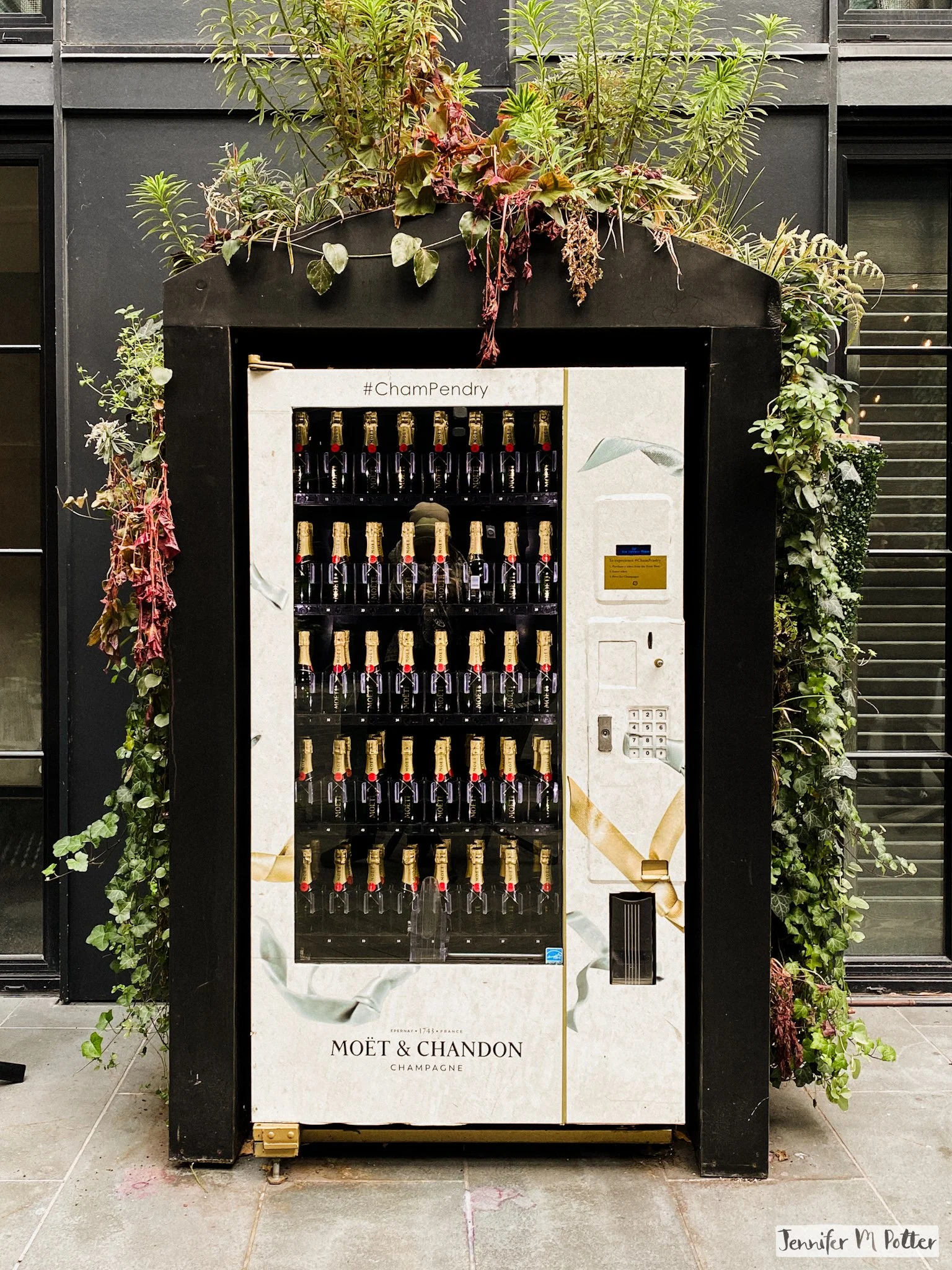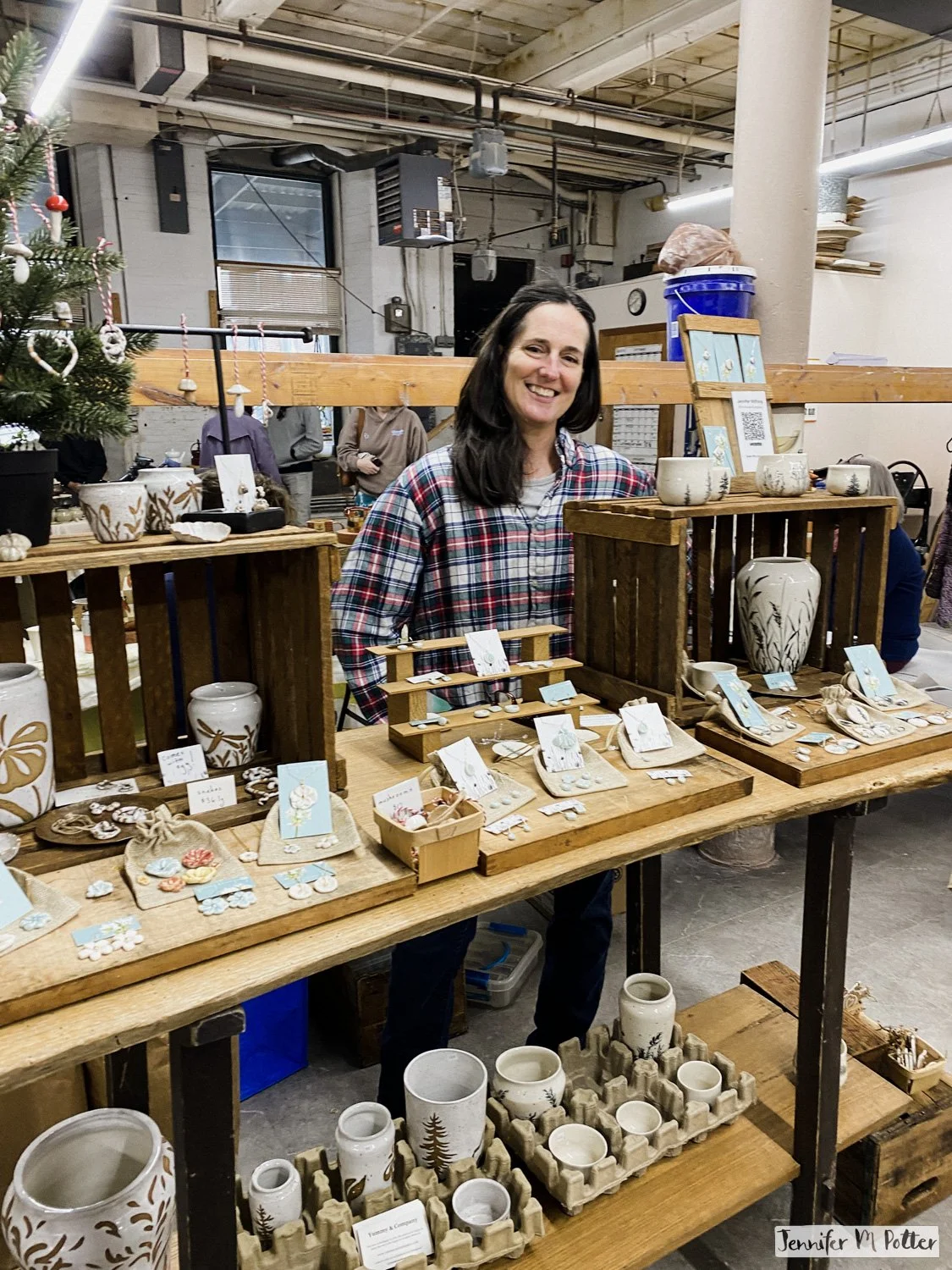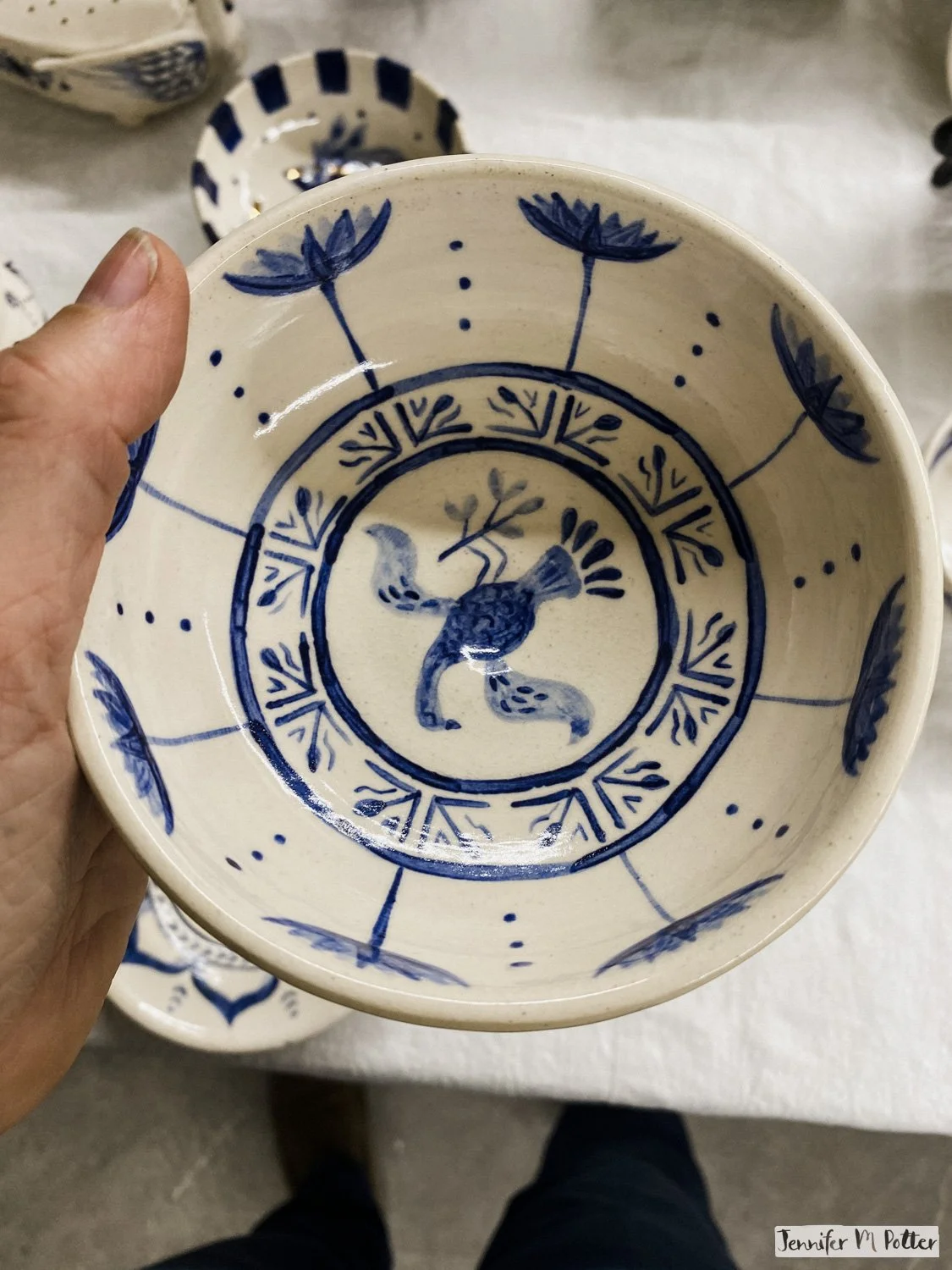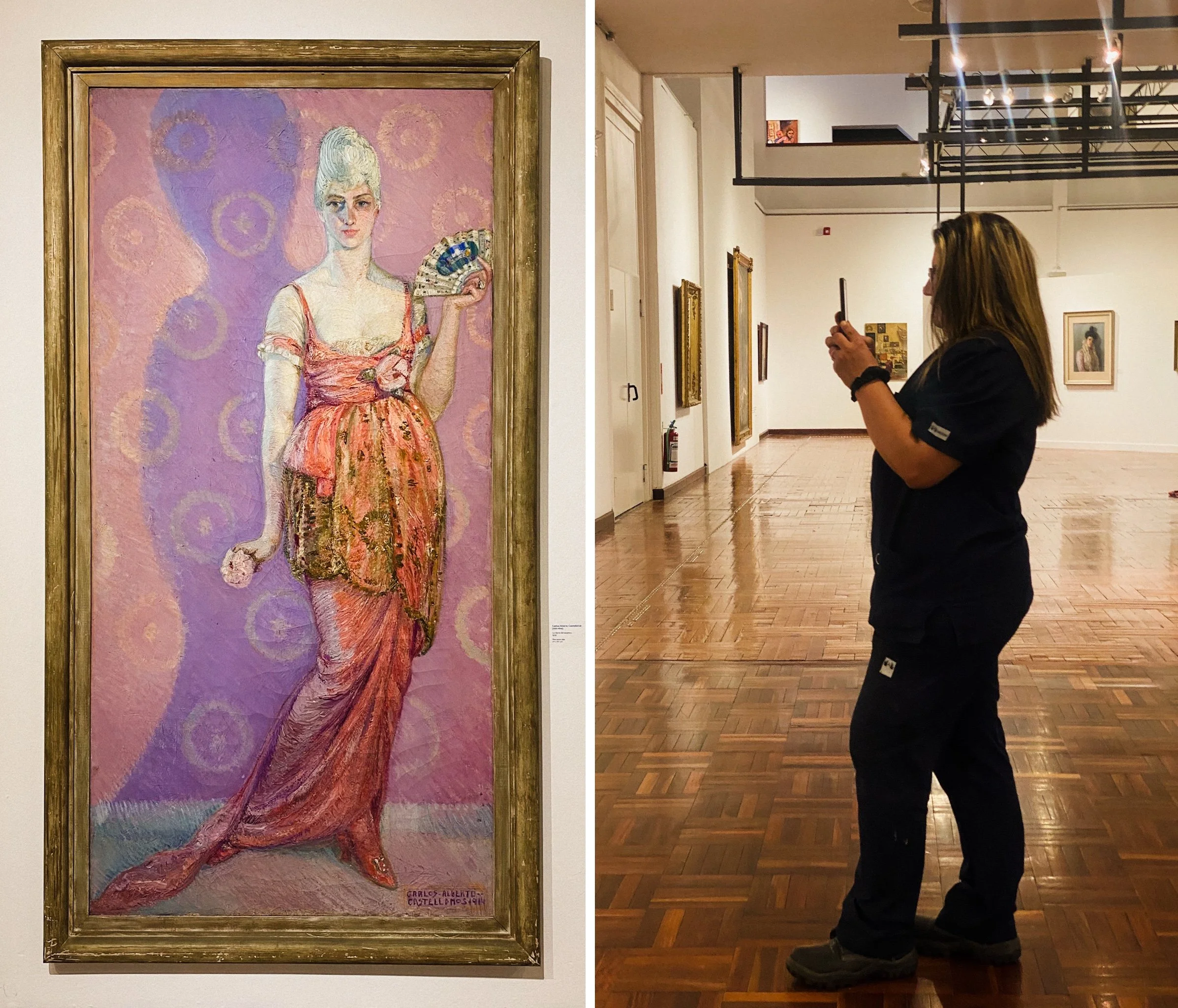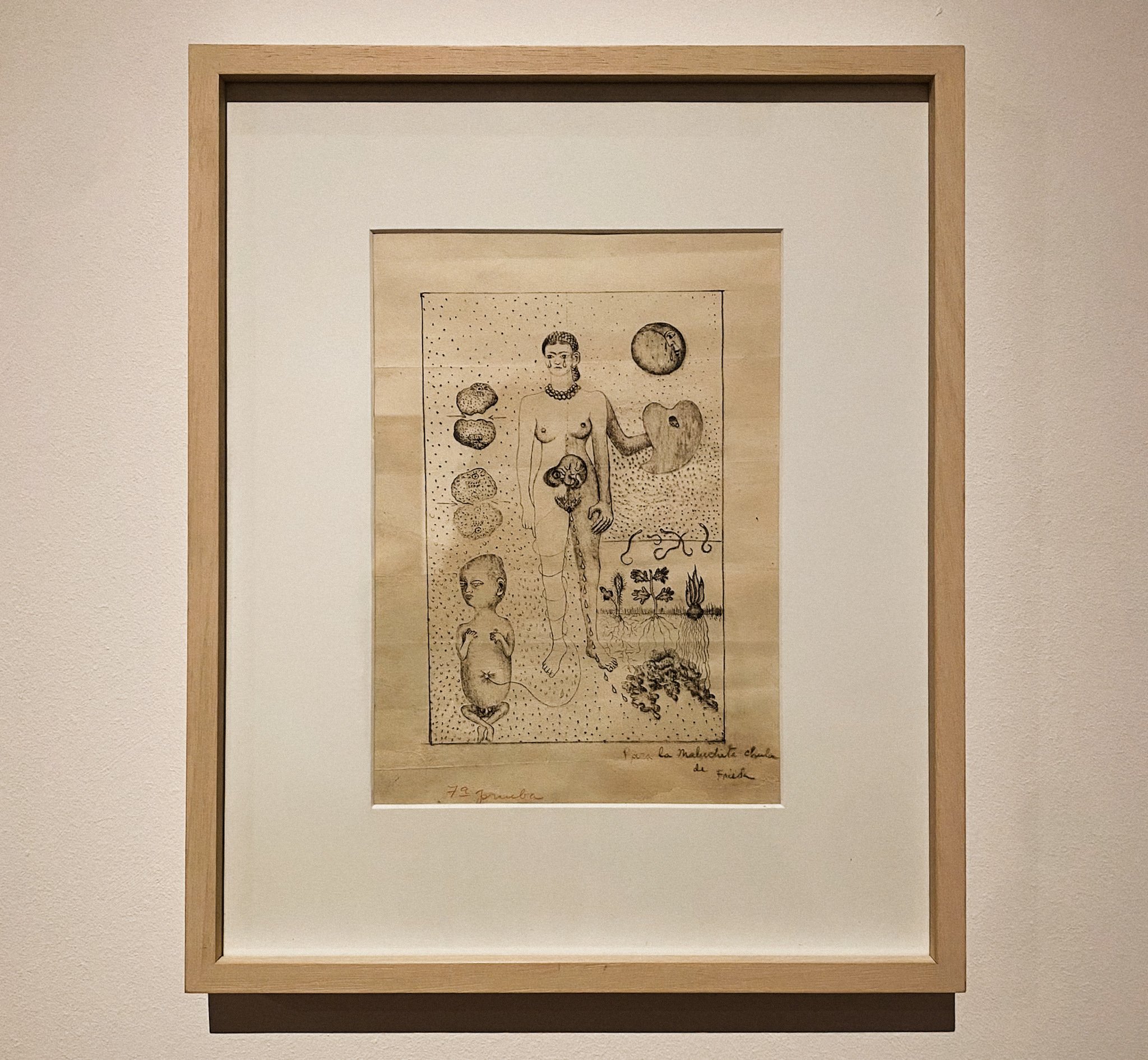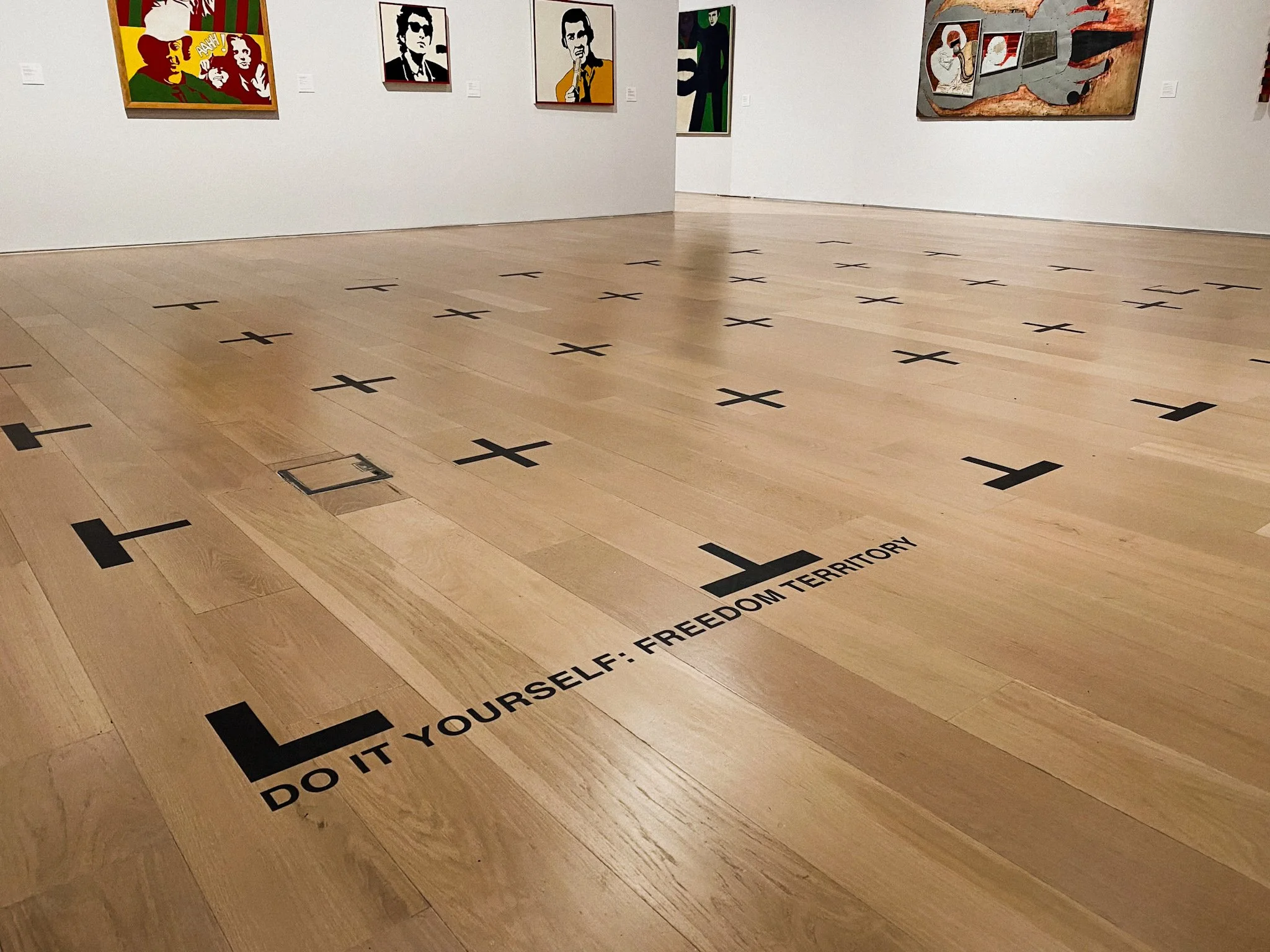Two boxes arrived this week from a client. Samples I’m excited to show you. Samples I can’t show you until January. Or maybe February. The joys of being an illustrator.
They've been sitting under the bin of Christmas ornaments, still fully boxed up. We're still playing catch-up from a month of travel followed by Thanksgiving. And then of course there was the winter market. The next day we got our Christmas tree, and that night we noticed a leak in the basement. It could’ve been way worse, but we've been vacuuming up water, dumping the dehumidifier, moving furniture, and ripping up carpet all week. But we already had the tree and it had to get decorated, even though our living room is half-full of records. Some things can't wait. The boxes can.
I've been working on line art for another project for the same client this week. Working on my bed when I normally would’ve been curled up on the basement sofa. Drawing this piece while another finished piece sits downstairs in its boxes. There's something about that—creating the next thing while the last thing waits to be revealed. It all feels very in-between.
It finally snowed this week. Snow that stuck and then turned into icy patches as we dipped into the teens. Frisket ran circles in the park, frolicking hard as only snow can incite.
On Saturday Paul and I went to afternoon tea at the Pendry in Fells Point with friends. A special kind of splurge for the holiday season—tiny sandwiches, scones with lemon curd, the whole thing. Super fancy. There’s a champagne vending machine in the courtyard. I have mixed feelings about a champagne vending machine.
The contrast of the week—ripping up wet carpet one day, drinking tea from fine china the next.
The boxes will have their moment. Just not now.


